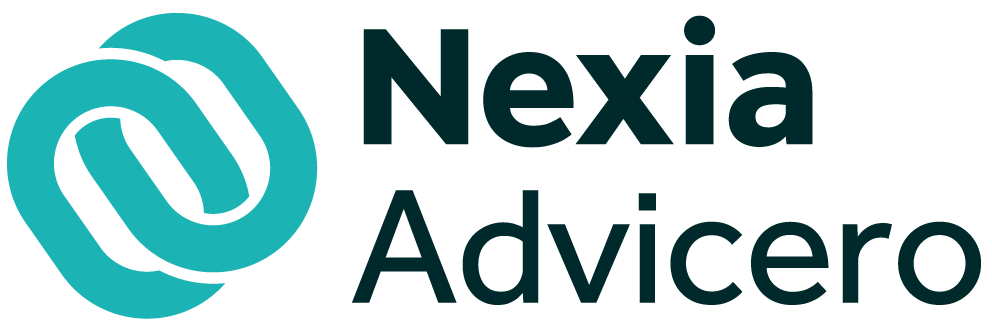Recently, structured invoices and the National E-invoice System (further: KSeF) have been more widely discussed in the media. The first draft of legislation in this area was published in February 2021, then a refreshed version of the draft was published on the RCL website in August, and in November the law was signed by the President and published in the Journal of Laws and came into force as of 2022.
The National E-invoice System is an ICT system that is to be responsible for issuing, receiving structured invoices accessing and viewing them freely.
A structured invoice is a document generated on the basis of a template/formula presented by the Ministry of Finance. These are so-called new type invoices, which will sooner or later find their way into everyday circulation. For now they are a voluntary solution. The new documents will apply to transactions with private consumers as well as with b2b taxpayers.
Such invoices will be drawn up in the financial and accounting systems according to the structure presented in the FA_VAT file. Next, the invoice will go into the KSeF system where it will receive a unique identifying number together with the date. The date of issue of the invoice will be the date on which it is sent to the system, while the date of receipt on the part of the buyer will be the date on which the invoice id number is assigned.
Poland is not the first country to introduce this type of solution. Such scenarios are known in Spain, Italy or Hungary among others.
It is worth noting that Poland will not be a precursor in this matter. Perhaps, however, it will be the initiator in the exceptional persistence of the extended to the limits XML file. The new file schema includes over 350 optional and mandatory fields to be completed in the process of creating sales invoices. Micro-entrepreneurs will be able to use simple, free software offered by the Ministry of Finance to generate documents.
Proposed stages of implementation of the new system and structured invoices
- From October to December 2021, a pilot programme was conducted on a small group of taxpayers.
- From 1 January 2022, the National e-Invoice System was introduced as a voluntary solution.
- From 1 January 2023 after a positive decision of the European Commission KSeF as a mandatory solution.
Currently, we are dealing with the second point, i.e. full optionality in the use of this solution. As for the third point, at the moment there is no clear position as to whether the use of structured invoices will be fully necessary and for which entities, but the brochures of the Ministry of Finance indicate this.
The unclearness is caused by an inaccuracy in the justification of the draft act, which indicates that the interest in the e-invoice system is to increase to 70% by 2028. This may indicate that not all entities will be obliged to use e-invoices in 2023.
Form of the stimulus and potential benefits
From the new year, participation in the “pilot” programme is voluntary. In this situation, one is reminded of the recently introduced split payment mechanism, which initially also operated on a voluntary basis, offering a kind of bonus. At a later stage, it turned into an obligation.
In this case, the main incentive is the faster refund of VAT under the basic procedure from 60 days to 40 days for those settling only by means of structured invoices, but with certain reservations.
In addition, the non-application of the storage and archiving requirements known under Articles 112 and 112a of the VAT Act is mentioned as an advantage. Similarly, the provisions on duplicates will not apply for clear reasons.
If the above mentioned incentives can be summed up in principle in the form of two sentences above, it is worth noting the settlement of corrections in minus. After the entry into force of the VAT SLIM, the moment of reducing input VAT is equal to the date of agreeing the conditions for reducing the taxable base and fulfilling the conditions. What will change in this regard?
A buyer who accepts receipt of an invoice in KSeF will be obliged to correct the input VAT as soon as the invoice is received in KSeF. In turn, the seller issuing correction invoices in a structured form will be able to reduce the VAT taxable base and the amount of VAT due already in the settlement period in which he issued the correction (without the need to meet additional conditions effective from 1 January 2021).
On the other hand, it seems that tax inspections or simply checking activities may be more favourable. It is hard to imagine a situation in which the office asks about invoices to which it has de facto access in the e-invoice system. By the way, in such situations the office will not call for a JPK_FA file, which is mentioned as one of the main benefits of this solution.
It seems, therefore, that this is one of the few available steps to further tighten VAT. If the system is to become obligatory, and everything indicates this, I think it is worth getting acquainted with it beforehand.
There are many questions and few answers at the moment.

